Can You Get A Pet Dolphin? Discover the legal, ethical, and practical implications of owning a dolphin, along with alternative ways to connect with these magnificent marine mammals. PETS.EDU.VN explores responsible pet ownership, marine animal welfare, and conservation efforts. Understand the complexities involved and learn how you can support dolphin well-being.
1. Understanding the Allure and Reality of Dolphin Ownership
The idea of keeping a dolphin as a pet is captivating. These highly intelligent and sociable marine mammals evoke feelings of wonder and connection. Dolphins are known for their playful nature, their capacity to learn complex tasks, and their close-knit family structures. Imagine the thrill of interacting with such an intelligent creature, teaching it tricks, and forming a unique bond. However, the reality of owning a dolphin is vastly different from the fantasy. Keeping a dolphin as a pet presents significant challenges, raising ethical concerns and demanding resources that are beyond the reach of most individuals. Understanding the complex needs of dolphins and the legal restrictions surrounding their possession is crucial before even considering such an undertaking. As PETS.EDU.VN emphasizes, responsible pet ownership begins with understanding the profound needs of any animal you consider bringing into your life.
2. Legal Restrictions on Dolphin Ownership Worldwide
Owning a dolphin is not as simple as purchasing a dog or cat. Strict legal restrictions are in place worldwide to protect these marine mammals. These laws vary by country and region but generally prohibit the capture, possession, and trade of dolphins.
- United States: The Marine Mammal Protection Act (MMPA) of 1972 makes it illegal to harass, hunt, capture, or kill any marine mammal, including dolphins, in U.S. waters. Permits may be granted for scientific research or public display, but private ownership is virtually impossible.
- European Union: EU member states have varying degrees of protection for marine mammals. Many countries prohibit the capture and keeping of dolphins, with exceptions only for accredited zoos and research facilities under strict regulations.
- Australia: Dolphins are protected under the Environment Protection and Biodiversity Conservation Act 1999. Capturing or keeping dolphins requires permits, which are extremely difficult to obtain and are primarily reserved for scientific or conservation purposes.
- Other Countries: Many other nations have similar laws in place to protect dolphins from exploitation. These laws reflect a growing global awareness of the importance of marine conservation and the ethical treatment of animals.
| Country | Law Protecting Dolphins | Key Provisions |
|---|---|---|
| United States | Marine Mammal Protection Act (MMPA) | Prohibits hunting, harassment, capture, or killing of marine mammals without a permit. |
| European Union | Varying national laws implementing EU directives | Restrictions on capture and keeping; permits only for zoos and research with strict oversight. |
| Australia | Environment Protection and Biodiversity Conservation Act | Requires permits for capture or keeping, primarily for scientific or conservation purposes. |
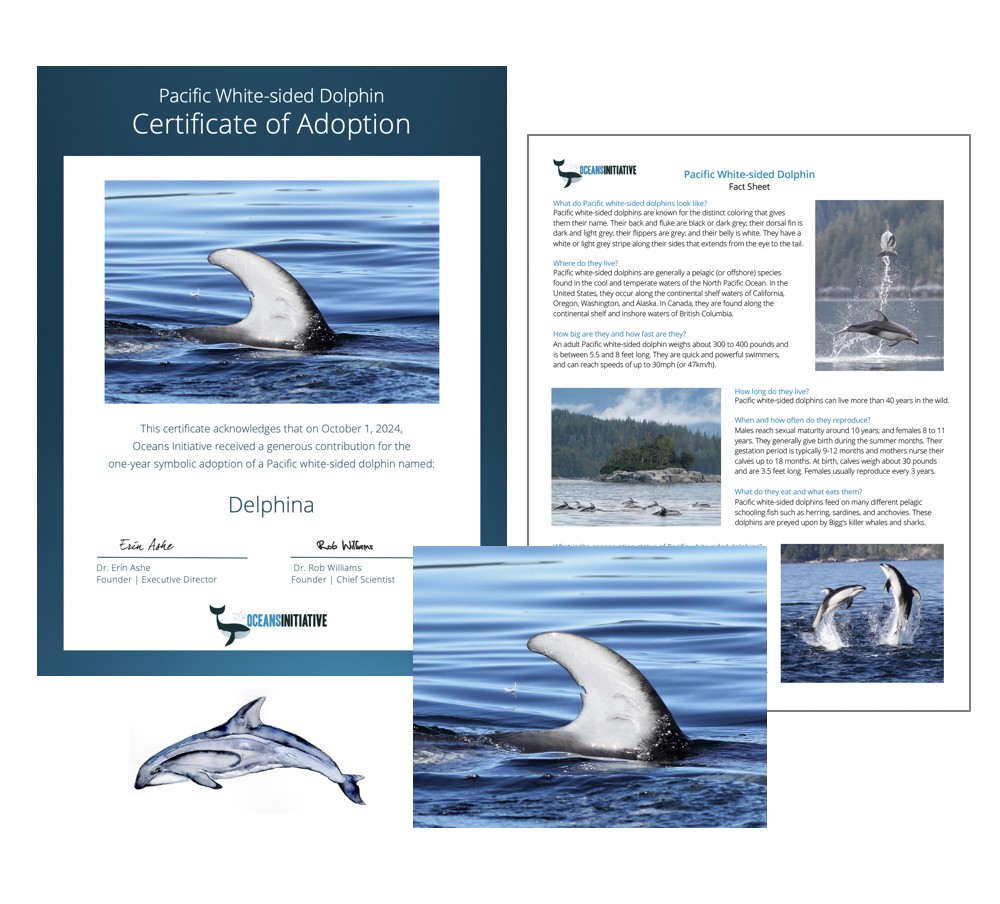
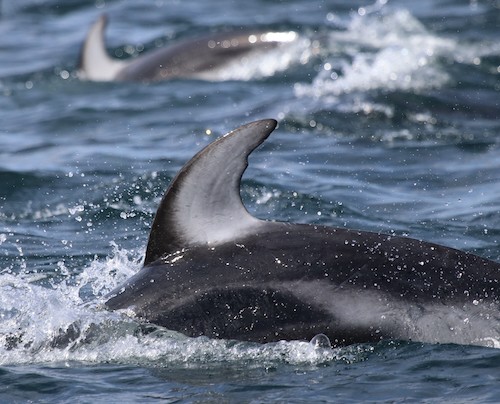
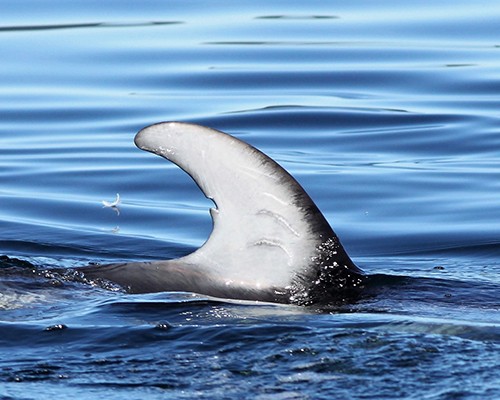
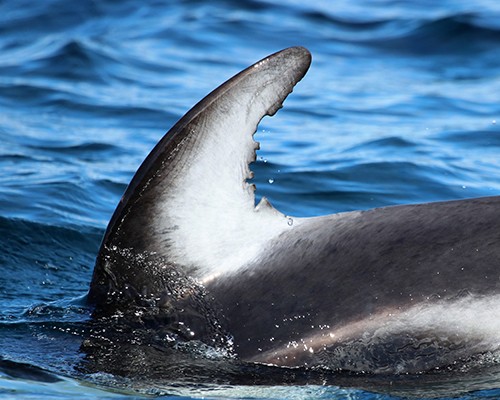
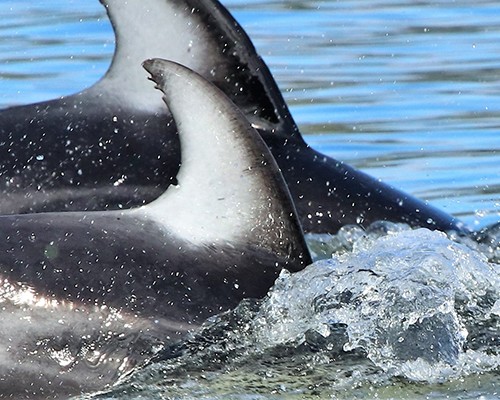
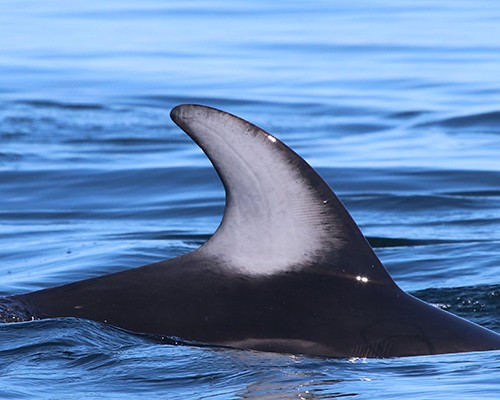
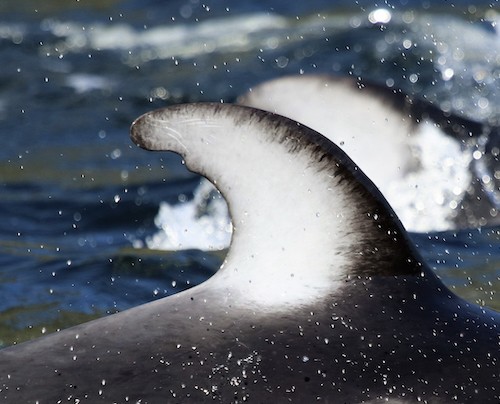
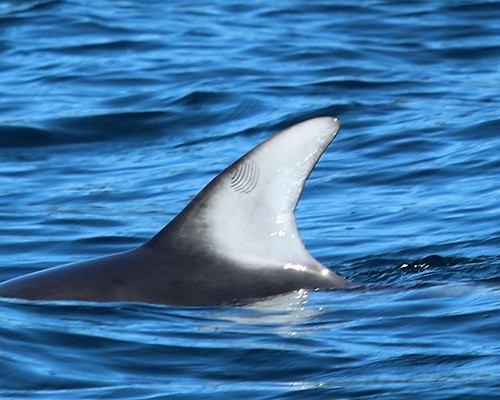
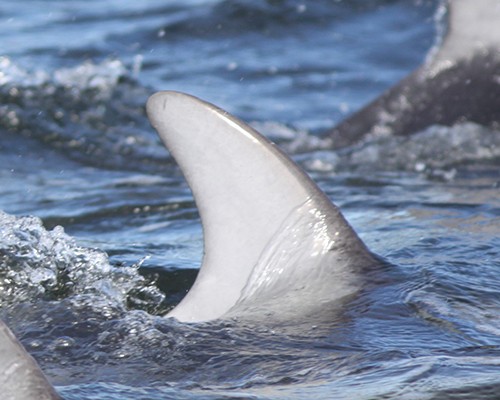

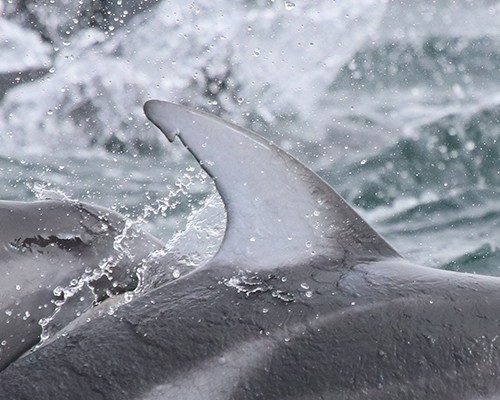
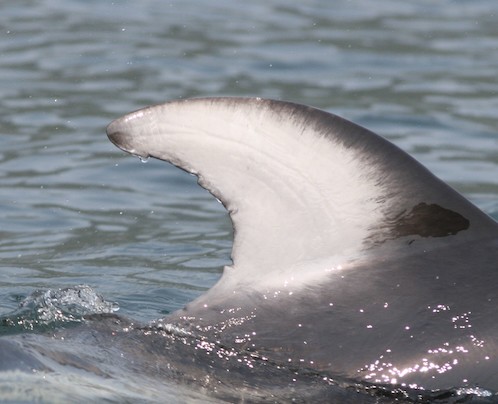
These legal frameworks demonstrate a worldwide commitment to protecting dolphins. Individuals considering dolphin ownership must understand these regulations and recognize the severe penalties for violating them. Check the specific legislation in your area to gain a comprehensive understanding of the restrictions.
3. The Immense Care Requirements of Dolphins
Even if legal obstacles could be overcome, the practical realities of caring for a dolphin are staggering. These animals have highly specialized needs that are nearly impossible to meet in a private home environment.
3.1. Extensive Space Requirements
Dolphins are active animals accustomed to swimming vast distances in the open ocean. A typical dolphin might swim dozens of miles each day. Providing adequate space for a dolphin in captivity would require an enormous pool, far larger than most people can imagine, let alone afford. The pool would need to be deep and wide enough to allow the dolphin to swim freely and engage in natural behaviors.
3.2. Specialized Water Quality and Filtration
Maintaining proper water quality is essential for dolphin health. The water must be carefully filtered and treated to remove contaminants and maintain appropriate salinity levels. The temperature must also be closely regulated to mimic the dolphin’s natural habitat. This requires sophisticated and expensive equipment, along with the expertise to operate and maintain it.
3.3. Nutritional Needs and Feeding Habits
Dolphins are carnivores with a voracious appetite. They consume large quantities of fish daily, and this fish must be of high quality and properly stored to prevent spoilage. Providing a varied and nutritious diet for a dolphin can be very expensive. Furthermore, dolphins have specific feeding habits that must be accommodated, such as eating multiple times per day.
3.4. Social Needs and Interaction
Dolphins are highly social animals that live in pods and rely on social interaction for their well-being. Isolating a dolphin from its own kind can lead to stress, depression, and a range of health problems. Providing a dolphin with adequate social interaction would require keeping it with other dolphins, which further compounds the challenges of space, resources, and expertise.
3.5. Veterinary Care and Health Monitoring
Dolphins are susceptible to a range of health problems, including infections, respiratory illnesses, and skin conditions. Providing adequate veterinary care requires specialized knowledge and equipment. Regular health monitoring is essential to detect problems early and prevent them from becoming serious. This can be very expensive and may require the services of a marine mammal veterinarian, who may not be readily available in all areas.
| Requirement | Description | Challenges |
|---|---|---|
| Space | Enormous pool required to allow natural swimming behaviors. | Cost, availability of land, maintaining water quality in large volumes. |
| Water Quality | Rigorous filtration, salinity, and temperature control. | High equipment costs, specialized expertise, constant monitoring. |
| Nutrition | Large quantities of high-quality fish. | Expense, storage requirements, ensuring dietary variety and nutritional balance. |
| Social Interaction | Needs to live with other dolphins. | Further increases space and resource requirements, managing social dynamics within the group. |
| Veterinary Care | Access to specialized marine mammal veterinarians and equipment. | Availability, expense, the difficulty of diagnosing and treating dolphins. |
These extensive care requirements make it clear that owning a dolphin is far beyond the capabilities of the average person. Even wealthy individuals would struggle to provide the necessary resources and expertise.
4. Ethical Considerations: Dolphin Welfare in Captivity
Beyond the legal and practical challenges, significant ethical considerations surround the issue of dolphin ownership. Keeping dolphins in captivity raises serious questions about animal welfare and the inherent rights of these intelligent creatures.
4.1. Restriction of Natural Behaviors
Dolphins in the wild engage in a wide range of natural behaviors, including hunting, socializing, exploring, and traveling long distances. Captivity severely restricts these behaviors, leading to frustration, boredom, and stress. Confined to a small pool, dolphins cannot express their natural instincts or engage in the activities that are essential to their well-being.
4.2. Impact on Social Structures
Dolphins live in complex social groups with intricate communication and cooperation. Captivity disrupts these social structures, forcing dolphins to live with individuals they may not naturally choose and limiting their ability to form meaningful relationships. This can lead to social dysfunction, aggression, and a decline in overall well-being.
4.3. Psychological and Emotional Well-being
Dolphins are highly intelligent and emotional animals capable of experiencing a wide range of feelings, including joy, sadness, and grief. Captivity can have a devastating impact on their psychological and emotional well-being, leading to depression, anxiety, and learned helplessness. Studies have shown that dolphins in captivity often exhibit abnormal behaviors, such as repetitive swimming patterns and self-harm, indicating significant psychological distress.
4.4. Source of Dolphins: Capture vs. Breeding
The source of dolphins in captivity raises further ethical concerns. While some dolphins are born in captivity, others are captured from the wild, often disrupting natural populations and causing trauma to the captured individuals and their families. Even dolphins born in captivity are still deprived of the opportunity to live a natural life in the ocean. Breeding programs, while seemingly benign, perpetuate the cycle of captivity and contribute to the ongoing demand for dolphins in entertainment and display.
| Ethical Consideration | Description | Impact on Dolphins |
|---|---|---|
| Restriction of Behaviors | Inability to hunt, explore, socialize naturally. | Frustration, boredom, stress, abnormal behaviors. |
| Disruption of Social Groups | Forced cohabitation, limited relationship formation. | Social dysfunction, aggression, decline in well-being. |
| Psychological Impact | Depression, anxiety, learned helplessness. | Repetitive behaviors, self-harm, overall reduced quality of life. |
| Sourcing of Dolphins | Capture from the wild or captive breeding. | Trauma to captured individuals, disruption of wild populations, perpetuation of the cycle of captivity. |
PETS.EDU.VN advocates for ethical treatment of all animals, emphasizing that their welfare should always be the top priority.
5. Understanding Dolphin Intelligence and Sentience
Dolphins are not just any animal; they are among the most intelligent and sentient creatures on Earth. Their cognitive abilities and emotional complexity demand a high level of respect and consideration.
5.1. Cognitive Abilities of Dolphins
Dolphins possess remarkable cognitive abilities that rival those of great apes. They can recognize themselves in mirrors, understand complex communication systems, and solve intricate problems. Studies have shown that dolphins can learn and remember a wide range of tasks, use tools, and even teach new behaviors to their offspring. Their intelligence is a testament to their capacity for learning, adaptation, and understanding.
5.2. Emotional Complexity and Social Awareness
Dolphins exhibit a wide range of emotions and demonstrate a high degree of social awareness. They form strong bonds with their family members and display empathy towards others in their pod. Dolphins have been observed helping injured individuals, comforting distressed companions, and engaging in cooperative behaviors. Their emotional depth and social intelligence highlight their capacity for feeling and connection.
5.3. Communication and Language
Dolphins communicate using a complex system of whistles, clicks, and body language. Each dolphin has a unique “signature whistle” that serves as its individual name, allowing them to identify and communicate with each other. Researchers are still working to fully understand the intricacies of dolphin communication, but it is clear that they possess a sophisticated language that enables them to share information, coordinate activities, and maintain social bonds.
5.4. Self-Awareness and Consciousness
Dolphins are among the few animals that have demonstrated self-awareness, the ability to recognize themselves as individuals distinct from their environment. This self-awareness is closely linked to consciousness, the capacity for subjective experience and the awareness of one’s own existence. Their self-awareness and consciousness suggest that dolphins are capable of experiencing the world in a profound and meaningful way.
| Aspect of Intelligence | Description | Implications for Captivity |
|---|---|---|
| Cognitive Abilities | Self-recognition, problem-solving, tool use. | Captivity severely limits their ability to exercise their cognitive abilities. |
| Emotional Complexity | Empathy, social bonding, grief. | Captivity can lead to emotional distress and the disruption of social bonds. |
| Communication | Signature whistles, complex language. | Captivity restricts their ability to communicate naturally and maintain social connections. |
| Self-Awareness | Recognition of self as an individual. | Deprivation of natural environment and social interaction can have a profound impact on their well-being. |
These aspects of dolphin intelligence and sentience underscore the ethical imperative to treat them with respect and protect their welfare. As PETS.EDU.VN believes, our understanding of animal intelligence should inform our decisions about their care and treatment.
6. Debunking Common Myths About Pet Dolphins
Many misconceptions surround the idea of keeping dolphins as pets. Addressing these myths is crucial to fostering a more informed and responsible perspective.
6.1. Myth: Dolphins are Always Happy in Captivity
One of the most pervasive myths is that dolphins are always happy in captivity, often based on their seemingly perpetual smiles. However, this smile is merely a physical characteristic and does not reflect their emotional state. In reality, dolphins in captivity often suffer from stress, boredom, and depression. Studies have shown that they exhibit abnormal behaviors and have shorter lifespans than their wild counterparts.
6.2. Myth: Dolphins Can Easily Adapt to a Captive Environment
Another common myth is that dolphins can easily adapt to a captive environment. While dolphins are intelligent and adaptable animals, captivity presents them with challenges that are difficult to overcome. The limited space, artificial environment, and lack of social interaction can take a toll on their physical and psychological well-being.
6.3. Myth: Owning a Dolphin is a Sign of Status and Wealth
Some people believe that owning a dolphin is a sign of status and wealth, a symbol of their ability to acquire and control exotic animals. However, true status comes from respecting and protecting these magnificent creatures, not exploiting them for personal gain. Responsible pet ownership is about providing the best possible care for an animal, not using it as a status symbol.
6.4. Myth: Dolphins are Trained Using Positive Reinforcement Only
While some training programs emphasize positive reinforcement, the reality is that many captive dolphins are trained using a combination of methods, including punishment and deprivation. These methods can be harmful and stressful for the dolphins, undermining their trust and well-being. Ethical training practices prioritize positive reinforcement and avoid any techniques that could cause harm or distress.
| Myth | Reality | Evidence |
|---|---|---|
| Dolphins are always happy. | Often suffer from stress, boredom, and depression. | Shorter lifespans, abnormal behaviors, elevated stress hormones. |
| They easily adapt to captivity. | Face challenges due to limited space, artificial environment, and lack of social interaction. | Physical and psychological health problems, reduced social competence. |
| Ownership is a status symbol. | True status comes from respect and protection, not exploitation. | Ethical considerations, conservation efforts, responsible pet ownership. |
| Trained using only positive methods. | Training often involves a combination of methods, including punishment. | Observation of training practices, ethical concerns about animal welfare. |
By debunking these myths, we can promote a more accurate and compassionate understanding of dolphins and the challenges they face in captivity.
7. Exploring Alternatives to Dolphin Ownership
While owning a dolphin is neither feasible nor ethical, there are many alternative ways to connect with these magnificent creatures and support their well-being.
7.1. Supporting Dolphin Conservation Organizations
One of the most effective ways to help dolphins is to support conservation organizations that are working to protect their habitats and prevent their exploitation. These organizations conduct research, advocate for stronger regulations, and rescue injured dolphins. By donating to or volunteering with these organizations, you can make a tangible difference in the lives of dolphins.
7.2. Visiting Accredited Zoos and Aquariums
Visiting accredited zoos and aquariums that prioritize animal welfare and conservation can be a rewarding way to learn about dolphins and support their care. These facilities often have experienced staff who can provide educational programs and answer questions about dolphin biology and behavior. Be sure to choose facilities that are accredited by reputable organizations, such as the Association of Zoos and Aquariums (AZA), which sets high standards for animal care and conservation.
7.3. Responsible Dolphin Watching Tours
Dolphin watching tours can be a wonderful way to observe dolphins in their natural habitat. However, it is important to choose tours that are conducted responsibly and do not harass or endanger the dolphins. Look for tour operators that follow guidelines for safe viewing distances, avoid feeding the dolphins, and do not disrupt their natural behaviors.
7.4. Educational Programs and Resources
Learning about dolphins through educational programs and resources is another great way to connect with these animals. Many organizations offer online courses, workshops, and lectures that cover a wide range of topics, from dolphin biology and behavior to conservation and advocacy. By expanding your knowledge, you can become a more informed and effective advocate for dolphin welfare.
| Alternative | Description | Benefits |
|---|---|---|
| Conservation Organizations | Support research, advocacy, and rescue efforts. | Direct impact on dolphin protection and habitat preservation. |
| Accredited Zoos/Aquariums | Educational programs and responsible care. | Learning opportunities and support for conservation efforts. |
| Responsible Dolphin Tours | Observing dolphins in their natural habitat without disturbance. | Experiencing dolphins in the wild and promoting responsible tourism. |
| Educational Programs/Resources | Online courses, workshops, lectures. | Expanding knowledge and becoming an informed advocate. |
These alternatives provide meaningful ways to connect with dolphins without contributing to their exploitation or compromising their welfare. PETS.EDU.VN encourages everyone to explore these options and find ways to support dolphin conservation.
8. The Role of Conservation in Protecting Dolphins
Dolphin conservation is essential to ensuring the survival of these magnificent creatures and protecting the health of our oceans.
8.1. Habitat Protection and Restoration
One of the most important aspects of dolphin conservation is protecting and restoring their habitats. This includes reducing pollution, managing fisheries sustainably, and establishing marine protected areas. By preserving their natural environments, we can provide dolphins with the resources they need to thrive.
8.2. Reducing Human Impact: Pollution and Noise
Human activities, such as pollution and noise, can have a devastating impact on dolphin populations. Pollution can contaminate their food sources and weaken their immune systems, while noise can interfere with their communication and navigation. Reducing these impacts requires a concerted effort from individuals, governments, and industries.
8.3. Sustainable Fishing Practices
Unsustainable fishing practices, such as overfishing and bycatch, pose a significant threat to dolphins. Overfishing depletes their food sources, while bycatch results in the accidental capture and death of dolphins in fishing nets. Adopting sustainable fishing practices is essential to protecting dolphin populations.
8.4. Combating Climate Change
Climate change is another major threat to dolphins, as it can alter their habitats, disrupt their food chains, and increase the frequency of extreme weather events. Reducing greenhouse gas emissions and transitioning to a more sustainable economy is crucial to mitigating the impacts of climate change on dolphins.
| Conservation Area | Description | Impact on Dolphins |
|---|---|---|
| Habitat Protection | Reducing pollution, sustainable fisheries, marine protected areas. | Provides resources for thriving. |
| Reducing Human Impact | Minimizing pollution and noise. | Prevents food source contamination, strengthens immune systems, ensures uninterrupted communication. |
| Sustainable Fishing | Preventing overfishing and bycatch. | Ensures food availability and reduces accidental deaths. |
| Combating Climate Change | Reducing emissions and promoting sustainability. | Protects habitats, maintains food chains, and stabilizes weather patterns. |
By supporting conservation efforts, we can help to ensure that dolphins continue to thrive in our oceans for generations to come.
9. Dolphin Sanctuaries: Providing a Natural Environment
Dolphin sanctuaries offer an alternative to traditional captive environments, providing dolphins with a more natural and enriching experience.
9.1. Definition and Purpose of Sanctuaries
Dolphin sanctuaries are protected areas of the ocean or large coastal enclosures where dolphins can live in a more natural environment, free from the constraints of traditional captivity. These sanctuaries aim to provide dolphins with greater autonomy, social interaction, and opportunities to engage in natural behaviors.
9.2. Key Features of a Sanctuary Environment
A sanctuary environment typically includes features such as:
- Large Space: Ample room to swim and explore.
- Natural Habitat: Sea pens with natural substrates
- Social Interaction: Living with other dolphins in a natural social group.
- Limited Human Intervention: Minimal training and interaction with humans.
9.3. Benefits of Dolphin Sanctuaries
Dolphin sanctuaries offer numerous benefits compared to traditional captive environments:
- Improved Welfare: Greater freedom, social interaction, and natural behaviors.
- Reduced Stress: Less confinement and human intervention.
- Enhanced Conservation: Opportunity for research and rehabilitation.
| Feature | Traditional Captivity | Dolphin Sanctuary |
|---|---|---|
| Space | Limited, artificial enclosures. | Large, natural environments. |
| Social Interaction | Forced cohabitation, limited relationship formation. | Natural social groups, free choice of companions. |
| Human Interaction | Frequent training and performance. | Limited intervention, focus on natural behaviors. |
| Overall Welfare | Often compromised due to stress and confinement. | Enhanced due to freedom, social interaction, and natural environment. |
Dolphin sanctuaries represent a more ethical and sustainable approach to dolphin care, providing these magnificent creatures with the opportunity to live more natural and fulfilling lives.
10. The Future of Human-Dolphin Interactions
As our understanding of dolphins grows, so too does our responsibility to protect their welfare and ensure their survival. The future of human-dolphin interactions should be guided by principles of respect, conservation, and ethical stewardship.
10.1. Shifting from Captivity to Conservation
A growing movement advocates for shifting away from keeping dolphins in captivity and towards prioritizing their conservation in the wild. This includes supporting habitat protection, reducing human impacts, and promoting responsible tourism.
10.2. Ethical Guidelines for Dolphin Encounters
For those who wish to interact with dolphins, it is essential to follow ethical guidelines that prioritize their well-being. This includes maintaining safe viewing distances, avoiding feeding the dolphins, and not disrupting their natural behaviors.
10.3. Technological Innovations in Dolphin Research
Technological innovations are transforming the way we study dolphins, allowing us to learn more about their behavior, communication, and ecology without disturbing them. Drones, underwater microphones, and satellite tracking are just a few of the tools that are helping us to unlock the secrets of dolphin life.
10.4. Empowering Communities to Protect Dolphins
Empowering local communities to protect dolphins is essential to long-term conservation success. This includes providing them with the resources and training they need to monitor dolphin populations, manage their habitats, and promote sustainable tourism.
| Aspect of Future | Description | Benefits |
|---|---|---|
| Shift to Conservation | Prioritizing protection in the wild. | Ensuring long-term survival and thriving populations. |
| Ethical Encounters | Following guidelines that prioritize dolphin well-being. | Minimizing disturbance and stress. |
| Technological Innovations | Using drones, microphones, and tracking devices for non-invasive research. | Gaining insights without disruption. |
| Community Empowerment | Providing resources for monitoring, management, and sustainable tourism. | Local involvement for effective conservation. |
The future of human-dolphin interactions depends on our willingness to embrace a more responsible and compassionate approach. By prioritizing their welfare and supporting their conservation, we can ensure that these magnificent creatures continue to grace our oceans for generations to come.
Do you dream of interacting with marine life? While owning a dolphin is not feasible, PETS.EDU.VN encourages you to explore ethical ways to connect with animals. Visit PETS.EDU.VN to discover organizations dedicated to wildlife conservation, responsible tourism, and virtual animal encounters. Learn how you can make a positive impact on the lives of dolphins and other amazing creatures. Discover responsible pet ownership and conservation efforts.
Remember, you can contact us at 789 Paw Lane, Petville, CA 91234, United States. Whatsapp: +1 555-987-6543. Or visit our website: pets.edu.vn
FAQ About Dolphin Ownership and Conservation
1. Is it legal to own a dolphin in the United States?
No, it is generally illegal to own a dolphin in the United States. The Marine Mammal Protection Act of 1972 prohibits the harassment, hunting, capture, or killing of any marine mammal, including dolphins, without a permit. Permits are rarely granted for private ownership.
2. What are the space requirements for keeping a dolphin?
Dolphins require an enormous amount of space to swim and engage in natural behaviors. A suitable pool would need to be much larger than most people can imagine or afford, typically requiring many millions of gallons of water.
3. What do dolphins eat, and how much does it cost to feed them?
Dolphins are carnivores and consume large quantities of fish daily. The cost of providing a varied and nutritious diet can be very expensive, often exceeding tens of thousands of dollars per year.
4. How intelligent are dolphins?
Dolphins are among the most intelligent animals on Earth. They possess remarkable cognitive abilities, including self-recognition, problem-solving, and complex communication skills.
5. What are the ethical concerns about keeping dolphins in captivity?
Keeping dolphins in captivity raises significant ethical concerns about animal welfare. Captivity restricts their natural behaviors, disrupts their social structures, and can have a devastating impact on their psychological and emotional well-being.
6. What is a dolphin sanctuary?
A dolphin sanctuary is a protected area of the ocean or a large coastal enclosure where dolphins can live in a more natural environment, free from the constraints of traditional captivity.
7. How can I support dolphin conservation efforts?
You can support dolphin conservation efforts by donating to or volunteering with conservation organizations, visiting accredited zoos and aquariums, participating in responsible dolphin watching tours, and educating yourself about dolphin biology and conservation.
8. What are some of the biggest threats to dolphin populations?
Some of the biggest threats to dolphin populations include habitat destruction, pollution, unsustainable fishing practices, climate change, and capture for entertainment.
9. Are dolphins always happy in captivity?
No, the myth that dolphins are always happy in captivity is false. In reality, dolphins in captivity often suffer from stress, boredom, and depression. Their physical appearance of smiling is simply a physical characteristic and not indicative of their emotional state.
10. What should I do if I see someone harassing or harming a dolphin?
If you see someone harassing or harming a dolphin, you should report it to the appropriate authorities, such as the local police, the National Marine Fisheries Service, or a marine mammal rescue organization.
